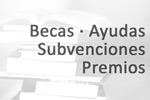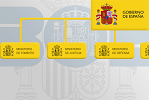Secondary and post-secondary education (excluding tertiary education)
Content
Compulsory secondary education (ESO)
Compulsory secondary education is the final compulsory stage of basic education that is free of charge.
Its purpose is to:
- This stage of education is to ensure that pupils acquire the basic elements of culture, especially in terms of humanities, arts, science and technology, and motor skills.
- It is about developing and consolidating study and work habits, and also habits for a healthy life.
- are prepared for further education and for starting work;
- are educated in exercising their rights and duties in life as citizens.
Compulsory secondary education is organised according to the principles of common education and attention to diversity, and places particular emphasis on the educational and professional guidance of students.
This includes four academic years, and students are generally aged between 12 and 16 years old. In the final year, guidance is also provided both on post-compulsory studies and entering working life.
On successful completion of compulsory secondary education, a Secondary Education Diploma is awarded and this gives access without distinction to any post-compulsory education provided for by law.( Article 3.4 of Organic Law 2/2006 of 3 May![]() ).
).
More information on the organisation of compulsory secondary education is available from the Ministry of Education, Vocational Training and Sports.![]()
Bachillerato (post-16/upper secondary)
Upper secondary education is post-compulsory secondary education and is therefore voluntary.
Its purpose is to:
- provide students with the education, intellectual and social maturity, knowledge and skills to develop on a personal level and to participate in working life as a responsible and competent employee;
-
This stage enables students to acquire and achieve the skills needed for future training and working life.
- prepare students for accessing higher education.
The educational activities in upper secondary education foster students’ ability to learn by themselves, to work as a team, and to apply appropriate research methods. Similarly, special attention is put on educational and career guidance for students, with a gender perspective included.
Upper secondary education comprises two academic years, and students are generally aged between 16 and 18.
It is structured around different fields of study and is flexibly arranged so as to offer different pathways as necessary. It can provide specialist training adapted to student expectations and educational interests, or to enable students to transition into working life at the end of their education.
The fields of study in upper secondary education which the educational authorities and/or the education centres can offer are as follows:
- Arts and humanities.
- Science and technology.
- General.
More information on the organisation of upper secondary education is available from the Ministry of Education, Vocational Training and Sports.![]()
Basic Level Vocational Education
Basic Level Vocational Education is a component of compulsory general education and is free. It corresponds to level 1 competence standards of the National Catalogue of Standards of Professional Competences. It consists of two academic years and is aimed at students with the best potential for learning and achieving compulsory secondary education competences in a work-related environment.
In general, there are two requirements for admission to Basic Level Vocational Education, which are as follows:
- be aged 15 (or be 15 by the end of the calendar year concerned).
- to have completed the third year of compulsory secondary education or, exceptionally, to have completed the second year; and
- to have been proposed by the teaching team to the parents, legal guardians or guardians and to the student.
On successful completion of all the subjects included in Basic Level Vocational Education, students are awarded a Compulsory Secondary Education Diploma and a Basic Technician’s Diploma in the corresponding speciality. These diplomas give access to Intermediate Level Vocational Education, as well as to other education routes.
For more information on the organisation of training at Basic Level Vocational Education, is available from the TodoFP website.![]()
Intermediate Level Vocational Education
Intermediate Level Vocational Education is a component of post-compulsory secondary education. In general, it corresponds to level 2 competence standards of the National Catalogue of Standards of Professional Competences, and takes between two and three academic years depending on the basic curriculum set for each training cycle.
To be admitted to Intermediate Vocational Education, students must fulfil one of the following requirements:
- have a Secondary Education Diploma;
- have completed specific preparatory training for access to Intermediate Level Education in public or private institutions approved by the education authority, and, in addition, be at least 17 years of age in the year of taking the test;
- have passed an admission test and, in addition, be at least 17 years of age in the year of taking the test;
- have a Basic Technician’s Diploma;
- have a vocational education professional certificate.
On successful completion of Intermediate Level Vocational Education, students are awarded a Technician’s Diploma in the corresponding professional profile. This diploma gives access to Higher-Level Vocational Education, as well as to other education routes
For more information on the organisation of training at Intermediate Level Vocational Education, please consult the information on the website TodoFP.
Information for each Autonomous Community






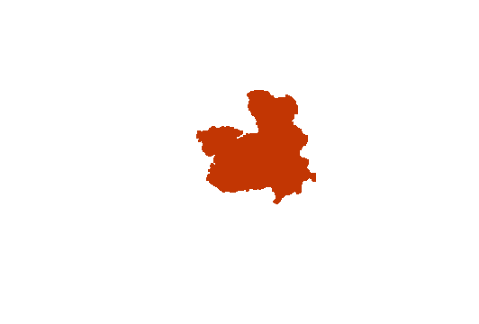
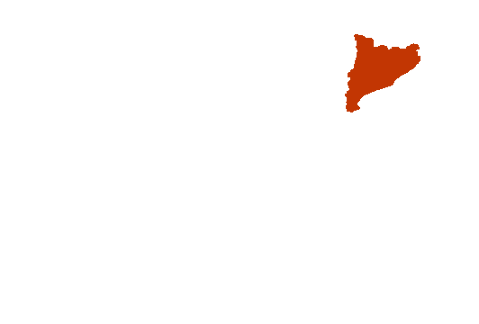


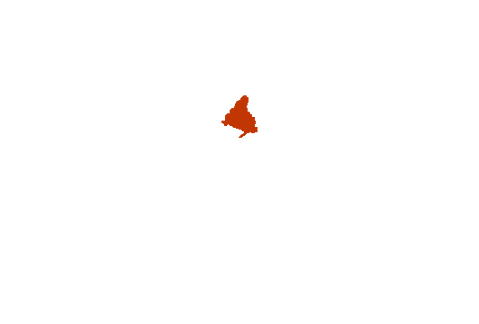


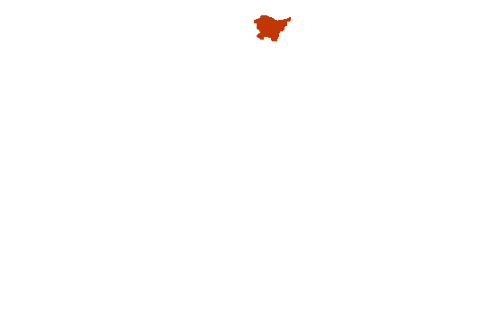
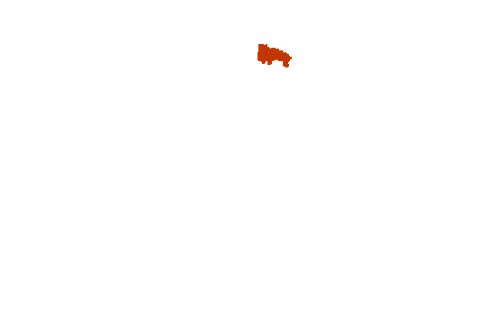
Andalucía Aragón Asturias, Principado de Balears, Illes Canarias Cantabria Castilla y León Castilla-La Mancha Cataluña Ciudad de Ceuta Ciudad de Melilla Comunitat Valenciana Extremadura Galicia Madrid, Comunidad de Murcia, Región de Navarra, Comunidad Foral de País Vasco Rioja, La
Legal and/or technical references
-
Organic Law No 2/2006 of 3 May on education

-
Organic law 3/2020, of 29 december, amending the Organic Law 2/2006 of 3 may, of education.

-
Royal Decree 217/2002 of 29 march, which provides for the management and the teachings of minimum compulsory secondary education.

-
Royal Decree no. 243/2022, of 5 april, the government established the management and the lessons of the baccalaureate minimum.

-
Royal Decree 242/2009, from 27 february, the government established convalidaciones professional among the lessons of music and dance and secondary education compulsory and upper secondary level, as well as the impact on the subject of physical education must have the status of the sportsman or high performance and the lessons of Dance professionals.

-
Royal Decree 205/2023 of 28 March establishing measures relating to the transition between curriculums as a consequence of the application of Organic Law 3/2020 of 29 December, amending Organic Law 2/2006 of 3 May on education.

-
Organic Law 3/2022 of 31 March on the arrangements for and integration of vocational training.

-
Royal Decree No 1147/2011 of 29 July establishing the general organisation of vocational training in the education system

-
Royal Decree No 127/2014 of 28 February regulating specific aspects of the basic vocational training offered as part of the education system’s vocational training provision, approving fourteen basic vocational qualifications, establishing their core curricula and amending Royal Decree No 1850/2009 of 4 December on the award of academic and vocational qualifications relating to the studies stipulated in Organic Law 2/2006 of 3 May on Education.

-
Basic State legislation on vocational training.






